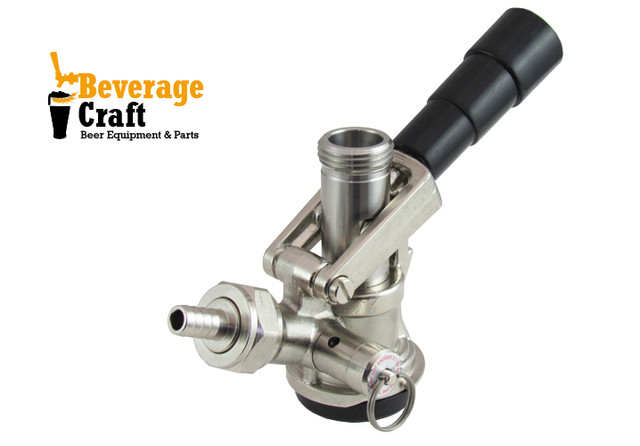The Keg Coupler is a special device designed for the hermetic sealing of a beer keg. Filling takes place using the intake head, further washing of the keg and refilling with beer is carried out using the same Coupler. This device is the most important part of the beer dispensing mechanism. Therefore, you need to know some aspects before purchasing such an important device.
Types of Keg Couplings
There are six main types or varieties of this system that are used in different countries. Different types of keg taps are identified by letter designation: A, D, G, M, S, and U.
This is necessary for beer producers to protect their interests. A brewery or brewery will use fittings that are significantly different from those used by competitors to dispense their beer.
The Brands of Beer You Want to Bottle
To select the right connector for home use, you need to know the brand of beer you are bottling.
- A (flash), is among the most popular, often used by German breweries.
- D-system (Sankey type) available to most US breweries
- G-system is used by such breweries as Bass, Boddingtion’s, Caffrey’s.
- S European version of the sled (Heineken, Becks, etc.)
- M is a rare type of this system. It was designed to eliminate type A deficiencies. This configuration is used by Schneider, Einbecker, etc.
- U used mainly by English brewers from Guinnes and Harp
What the Keg Coupler Is Made Of?
Most keg couplers have a stainless steel feed tube. This material comes into chemical contact with beer drinks. However, some models have plastic ones. Which to some extent can affect the quality of the drinks.
The Importance of Timely Maintenance and Compliance With Keg Taps
Mismatches between the keg coupler type and pick-up head can damage both components. In some cases, even the depressurization of the keg and damage to the product is possible. There is a special equipment for CIP cleaning and keg filling.
How to Install Keg Coupler?
Correct connection is also one of the important operating factors.
- Attach the CO2 regulator to the cylinder.
- Installing the gas line (from the inlet to the regulator).
- Fix the connecting sleeve to the kegerator.
- Switch on the CO2 bottle.
- Adjust the beer delivery pressure.


